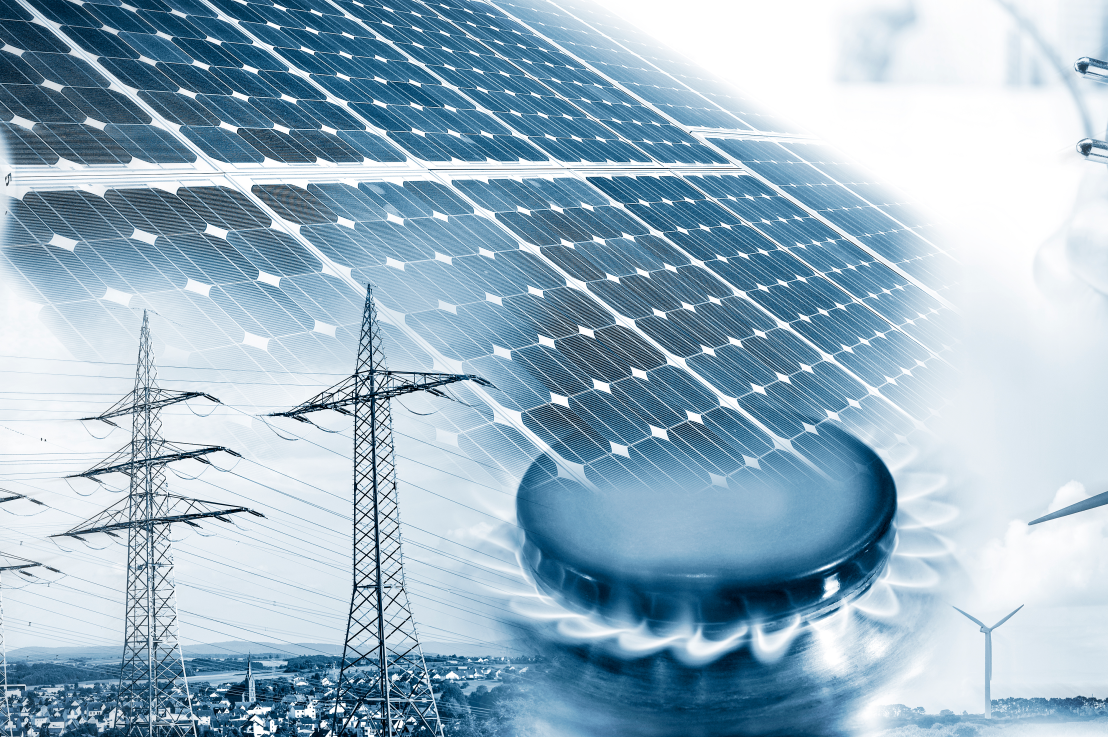The Federal Energy Regulatory Commission (FERC) opened an investigation and ordered a hearing on March 20, to determine whether or not the Stagecoach Pipeline & Storage Company has been “substantially over-recovering its cost of service, resulting in unjust and unreasonable rates.” FERC also discovered that “38 gas companies have complied with the filing requirements of Order 849 and terminated their FERC Form 501-G proceedings without any further action.”
In July 2018, FERC directed every interstate natural gas pipeline company to file Form 501-G, which is “a one-time report that provides a rough estimate of the pipeline’s return on equity before and after passage of the Tax Cuts & Jobs Act and changes to the Commission’s income tax allowance policies in response to rulings by the D.C. Circuit.”
The March 20 order for the investigation follows FERC’s review of the 501-G, as well as other filings by Stagecoach. FERC is concerned that the earnings Stagecoach receives “may exceed its actual cost of service, including a reasonable rate of return on equity.” The hearing and investigation will determine if the existing rates are indeed “just and reasonable in accordance with section 5 of the Natural Gas Act.”
FERC has not determined “a just and reasonable return on equity for Stagecoach, and therefore set this issue, among others, for hearing before FERC’s administrative law judges.” Stagecoach was directed by FERC to “file a cost and revenue study for the latest available 12-month period within 75 days of the issuance of its order.”
FERC listed “the 38 companies whose FERC Form 501-G proceedings were terminated without further action:”
- Cheniere Creole Trail Pipeline
- Cheyenne Plains Gas Pipeline Company
- Cimarron River Pipeline
- Colorado Interstate Gas Company, L.L.C.
- Crossroads Pipeline Company
- Dauphin Island Gathering Partners
- DBM Pipeline, LLC
- Destin Pipeline Company, L.L.C.
- Florida Gas Transmission Company, LLC
- Florida Southeast Connection, LLC
- Golden Pass Pipeline LLC
- Gulf Crossing Pipeline Company LLC
- Kinder Morgan Illinois Pipeline LLC
- Kinder Morgan Louisiana Pipeline LLC
- KO Transmission Company
- MarkWest Pioneer, L.L.C.
- Midcontinent Express Pipeline LLC
- Mojave Pipeline Company, L.L.C.
- National Grid LNG, LLC
- NGO Transmission, Inc.
- Pine Needle LNG Company, LLC
- Rockies Express Pipeline LLC
- Rover Pipeline LLC
- Ruby Pipeline, L.L.C.
- Sabal Trail Transmission, LLC
- Sabine Pipe Line LLC
- Sea Robin Pipeline Company, LLC
- Sierrita Gas Pipeline LLC
- Stingray Pipeline Company, L.L.C.
- TransColorado Gas Transmission Company LLC
- Trans-Union Interstate Pipeline, L.P.
- Transwestern Pipeline Company, LLC
- UGI Mt. Bethel Pipeline, LLC
- UGI Sunbury, LLC
- USG Pipeline Company, LLC
- Venice Gathering System, L.L.C.
- West Texas Gas, Inc.
- WTG Hugoton, LP



